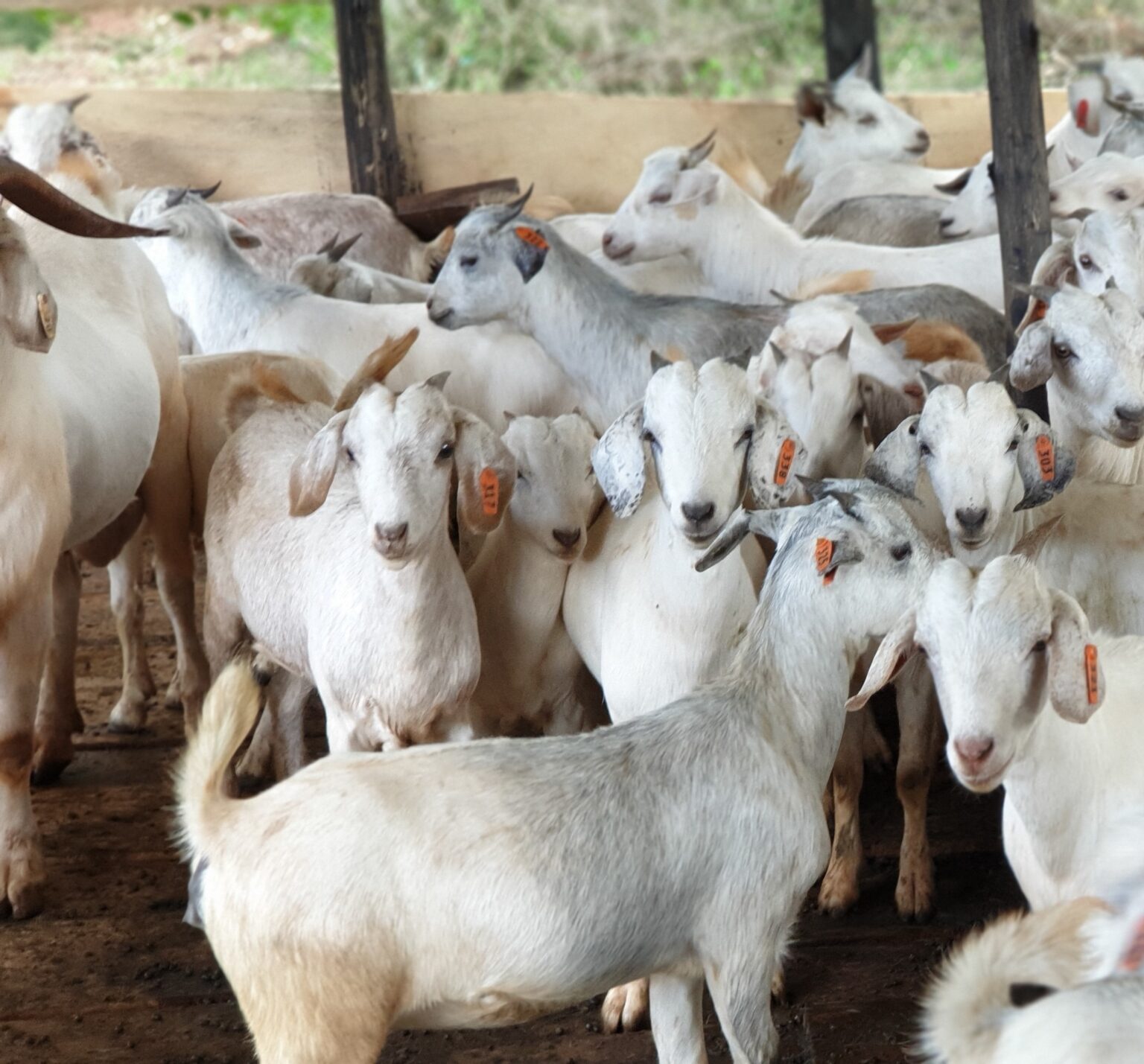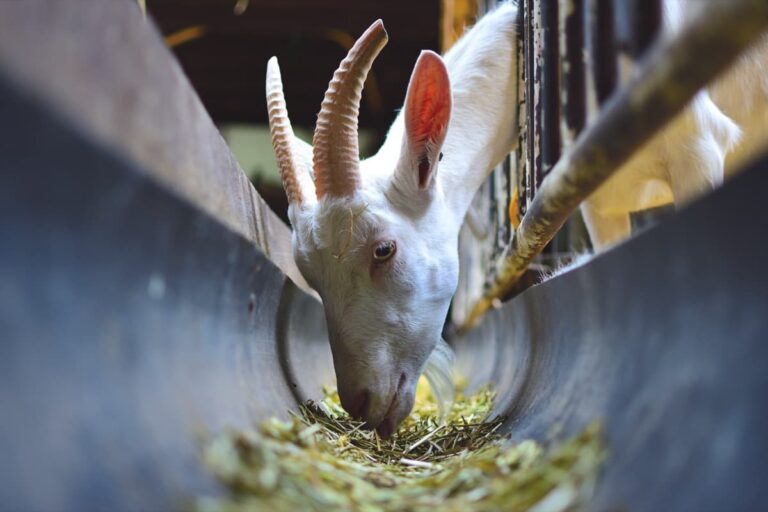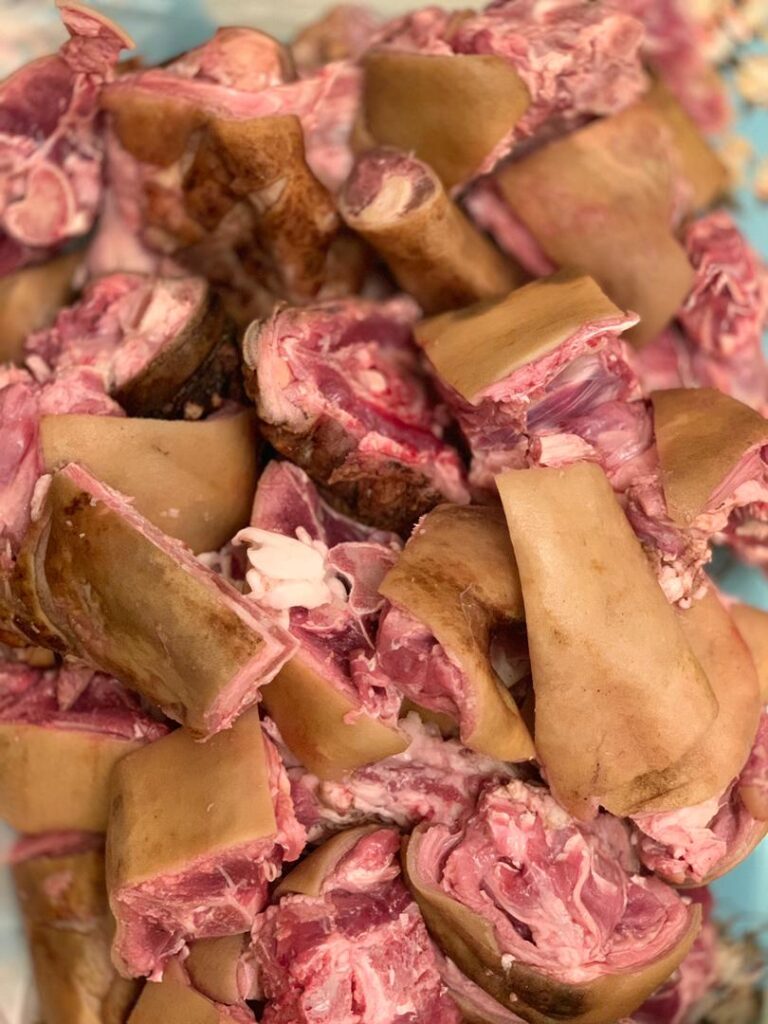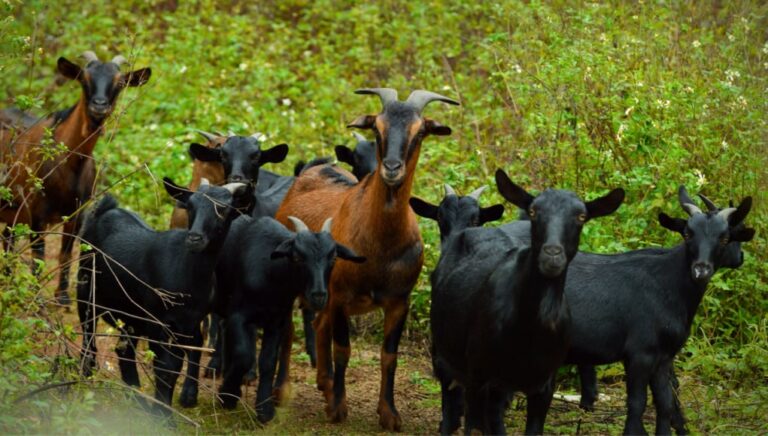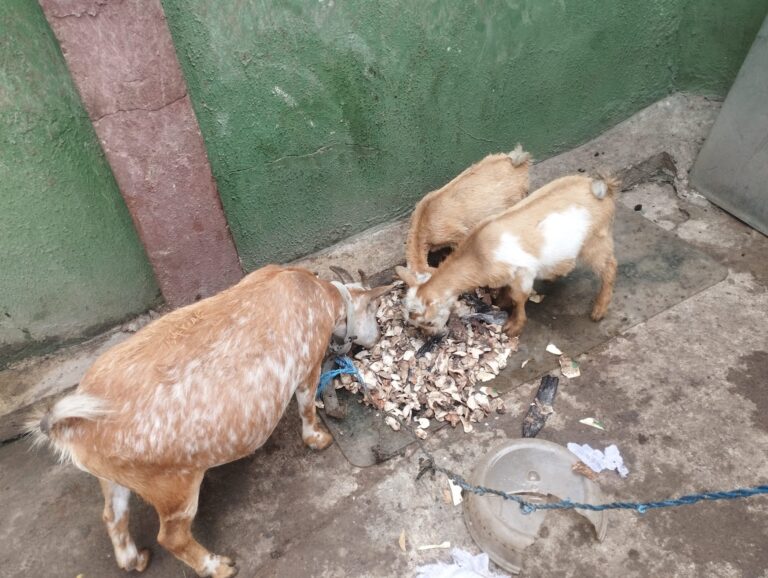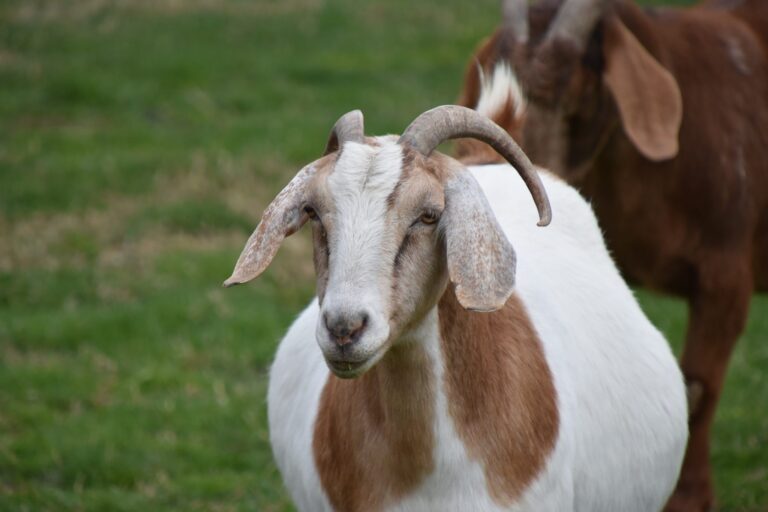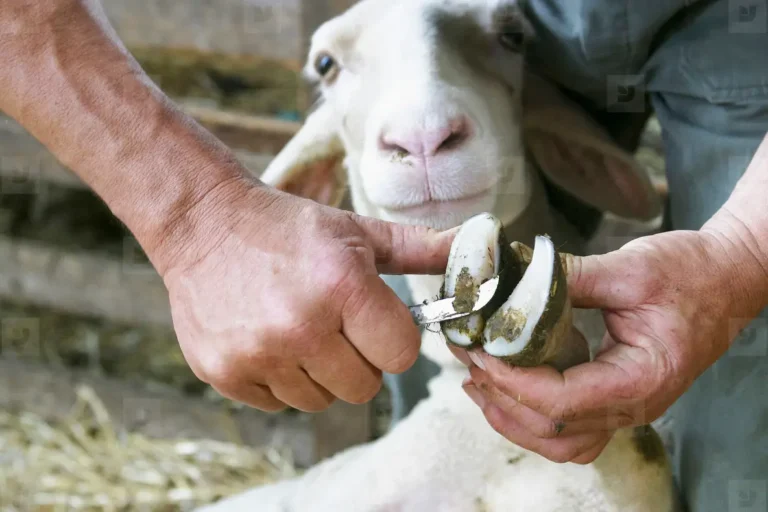Goat farming offers a promising opportunity for livestock farmers seeking to meet growing demand for meat, milk, and even pet goats. However, profitability hinges on selecting the right breed for your market and region, as well as understanding the challenges of raising goats.
Based on insights from experienced farmers, this guide explores profitable goat breeds, market considerations, and practical strategies for success. Whether you’re eyeing meat production, dairy, or the pet trade, choosing the right breed is critical to turning a profit.
Below, we dive into breed selection, regional market dynamics, and the realities of livestock farming profitability in 2025.
Understanding Your Goals and Market
Before investing in goats, define your farming objectives: are you aiming for meat production, dairy, or the pet market? Each goal demands a different breed and strategy. For example, a farmer in a rural area with a strong demand for goat meat might prioritize meat breeds, while someone near urban markets may find success with pet goats.
Local market research is essential. Visit sale barns, talk to butchers, or connect with local farmers to gauge demand.
One farmer shared, “Check sales barns and goat pages to see what sells in your area”. Without this step, you risk entering a saturated market, as seen with Nigerian Dwarf goats in some regions.
Meat Goat Breeds for Profit
For farmers targeting meat production, breeds like Boer, Kiko, and Savanna stand out due to their rapid growth and high-quality meat.
Boer goats, originally from South Africa, are the global standard for meat production, known for their large size and efficient feed conversion. A single Boer weanling can fetch triple the price of dairy weanlings at some sale barns, as one farmer noted.
Kiko goats, developed in New Zealand, are prized for parasite resistance and low-maintenance care. They thrive on pasture-based systems.
Savanna goats, also hardy, adapt well to harsh climates. This makes them ideal for diverse environments.
These breeds are best suited for farmers with access to pasture and markets that value chevon (goat meat), which is in high demand globally due to its low cholesterol content.
Regional Considerations for Meat Goats
Market dynamics vary by region. In areas with diverse populations, such as immigrant communities that consume goat meat regularly, meat breeds like Boer can command premium prices; sometimes $3 per pound for wethers, as one farmer reported. However, in regions like Kansas, some farmers note lower profitability due to market saturation or high feed costs.
To maximize returns, focus on pasture-based feeding to reduce expenses and select goats with strong mothering traits to minimize losses. Always verify local sale barn prices and cultural demand before investing in meat breeds.
Dairy Goat Breeds: Opportunities and Challenges
Dairy goat farming targets milk production for direct consumption or value-added products like cheese and yogurt. Breeds like Nubian, Saanen, and Alpine are top choices.
Nubians, with their high-butterfat milk, are ideal for cheese production and adapt well to various climates. Saanens produce the highest milk yields, often up to 4 liters daily, while Alpines balance milk output with adaptability.
However, dairy farming requires significant infrastructure (milking parlors, refrigeration, and processing equipment) which increases startup costs. One experienced farmer cautioned, “You need a lot of dairy goats and facilities to turn a profit,” emphasizing the scale needed for viability.
Navigating the Dairy Market
The dairy goat market is less saturated than the pet market but requires a niche buyer base. Health-conscious consumers and artisanal producers are driving demand for goat milk products, yet marketing these products demands dedication.
For example, a farmer with registered dairy goats, selling nationwide, still struggled to break even after 20 years due to high feed and veterinary costs.
To succeed, build relationships with local restaurants or health food stores and explore value-added products.
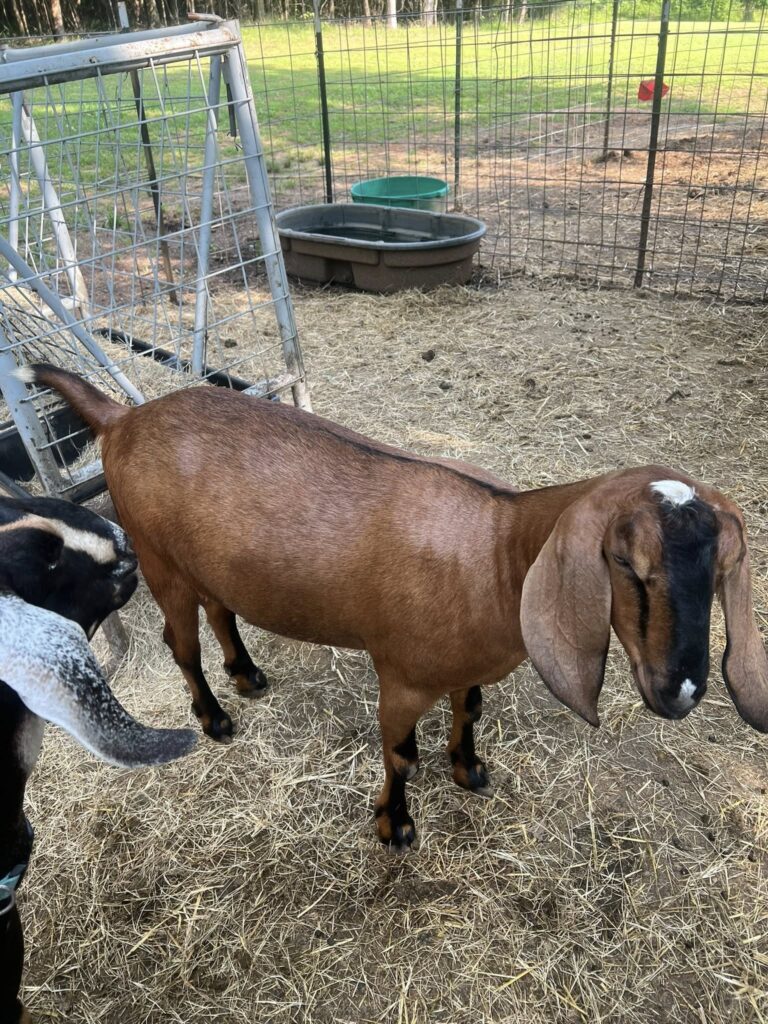
Nigerian Dwarf Goats: Pet and Dairy Potential
Nigerian Dwarf goats are popular for their small size (17–21 inches tall, 60–80 pounds) and high milk yield relative to their size, producing 3–4 pounds daily. Their compact size makes them appealing as pets, especially in urban or backyard farming settings.
However, many farmers warn that the Nigerian Dwarf market is oversaturated in regions like the U.S. Midwest and Virginia, with quality registered stock sometimes selling for minimal profit.
One farmer noted, “The market is flooded with Nigerians, and unless you have high-end stock, you won’t make beans.” If targeting the pet market, focus on unique traits like moonspots or polled genetics, which can fetch higher prices.
Assessing Nigerian Dwarf Profitability
Profitability with Nigerian Dwarfs depends on your ability to stand out in a crowded market. Farmers with low input costs (such as those producing their own hay or foraging) report covering expenses by selling kids, but true profit remains elusive without scale or premium pricing. A Virginia farmer with access to 2,000 acres for grazing sold bottle babies quickly but still faced slim margins due to market saturation.
If you’re near a market with pet goat demand, Nigerian Dwarfs could work, but research local sales trends first.
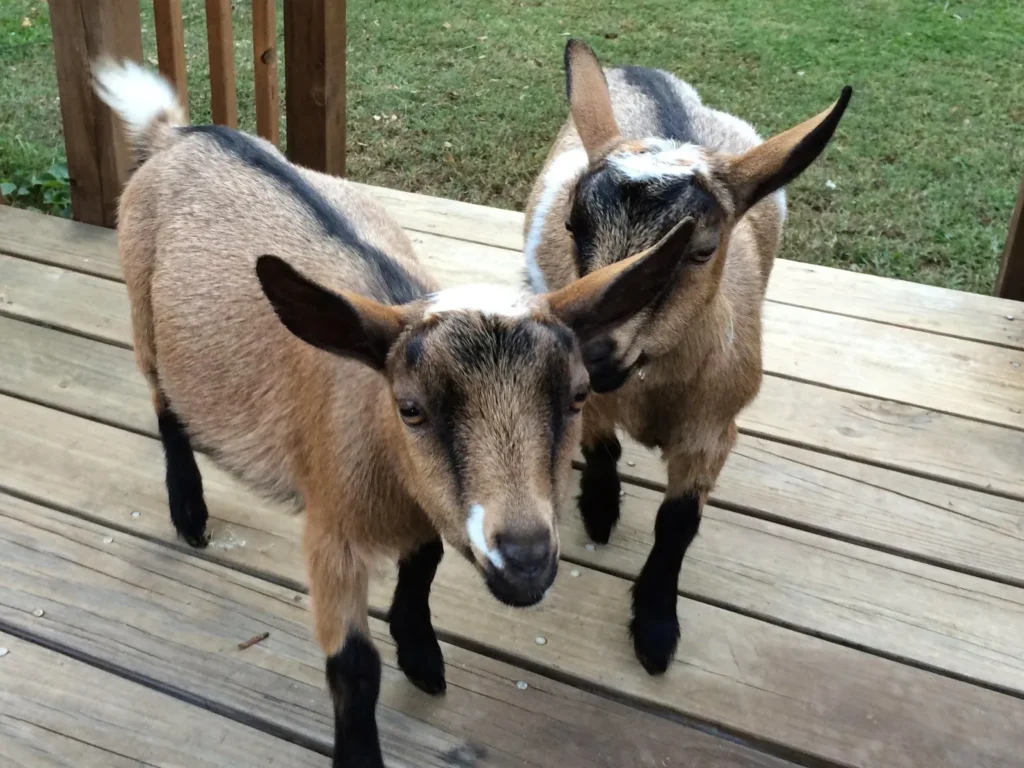
The Pet Goat Market: Opportunities and Risks
The pet goat market, driven by breeds like Nigerian Dwarfs, Pygmies, and mini Fainting goats, appeals to hobbyists and urban farmers. Mini Fainting goats, with their unique myotonia, are particularly popular, as one farmer noted, “Everyone loves them.”
However, pet markets are volatile, often driven by trends like the 2020 homesteading boom, which led to an oversupply of Nigerians.
To succeed, focus on niche genetics or target buyers like 4H programs, where registered kids can sell for a premium. Be prepared for high maintenance costs, as pet buyers expect healthy, well-socialized animals, which cuts into profits.
Regional Demand and Supply Dynamics
Goat markets vary significantly by region. In Nigeria, for instance, goat meat (chevon) is a staple, with 365,000 metric tons consumed annually, yet local farmers meet only 30% of demand, creating opportunities for meat breeds like Boer or West African Dwarf. In contrast, U.S. markets may favor dairy or pet goats in urban areas but face saturation, as seen in the Midwest.
Research your local sale barns and online platforms to understand pricing trends. For example, a Kansas farmer reported strong private sales for meat goats, while Virginia farmers struggled with Nigerian Dwarf sales. Always tailor your breed choice to local demand and supply gaps.
Challenges of Profitable Goat Farming
Goat farming is not a quick path to wealth. As one farmer warned, “Making a profit takes dedication, knowledge, and good luck.”
Common challenges include disease (e.g., Peste des Petits Ruminants, foot rot), high feed costs, and unpredictable markets.
Goats require clean water, adequate hay (especially in winter), and preventive health measures like deworming and vaccinations. Building relationships with a livestock veterinarian and maintaining supplies like thiamine for emergencies are critical.
Losses are inevitable. Difficult births or predators can devastate a herd. So, budget for setbacks and prioritize hardy breeds like Kiko for lower maintenance.
Managing Costs for Profitability
To turn a profit, minimize costs through pasture-based feeding and selective breeding for parasite resistance. One farmer shared, “We don’t feed grain, and our goats forage, so everything from the babies is profit.”
However, without access to free grazing or hay production, expenses like feed ($2,000–$5,000 per goat monthly) and fencing ($20,000–$50,000) can erode margins.
Start small, reinvest earnings, and scale gradually to avoid financial strain.
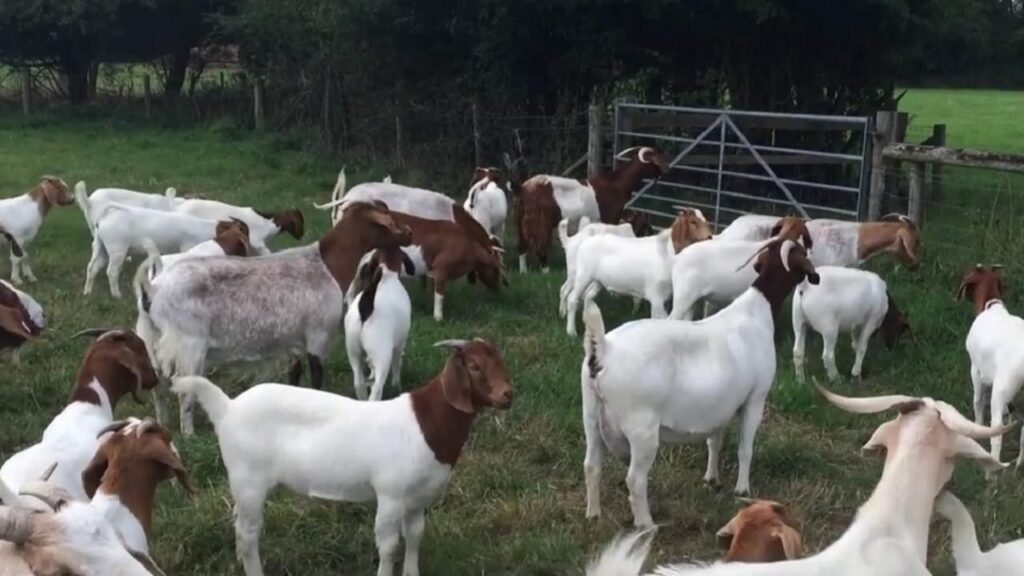
Strategies for Success in 2025
To maximize profitability in 2025, focus on niche markets and efficient management. Target specific buyers (restaurants, 4H programs, or ethnic communities) and build a reputation for quality. Use digital platforms like agribusiness websites to reach broader audiences, as one farmer suggested.
Keep meticulous records of breeding, health, and sales to track performance and identify profitable strategies. Finally, consider dual-purpose breeds like Nubians, which offer both milk and meat revenue streams, to diversify income and mitigate market fluctuations.
Conclusion: Building a Profitable Goat Farming Business
Goat farming can be profitable, but success requires careful breed selection, market research, and cost management. Meat breeds like Boer and Kiko excel in regions with strong chevon demand, while dairy breeds like Nubian and Saanen suit niche milk markets.
Nigerian Dwarfs, despite their popularity as pets, face oversaturation in many areas, so verify local demand before investing.
By aligning your goals with market needs and prioritizing low-cost practices, you can build a sustainable goat farming business.
FAQ: Profitable Goat Breeds and Farming
What are the most profitable goat breeds for meat production?
Boer, Kiko, and Savanna goats are top choices for meat due to their rapid growth and high-quality chevon. Boers fetch premium prices at sale barns, while Kikos and Savannas thrive on pasture, reducing feed costs. Check local market demand to ensure profitability.
Are Nigerian Dwarf goats profitable for beginners?
Nigerian Dwarfs are often oversaturated, especially in the U.S., making profitability challenging without niche genetics or pet markets. They’re better suited for small-scale dairy or hobby farming unless you target premium buyers.
How can I reduce costs in goat farming?
Use pasture-based feeding, produce your own hay, and select hardy breeds like Kiko to minimize veterinary and feed expenses. Reinvesting kid sales into infrastructure, like fencing, also lowers long-term costs.
What should I research before starting a goat farm?
Study local market demand, sale barn prices, and cultural preferences for goat meat or milk. Visit farms, talk to buyers, and assess feed availability to ensure your breed choice aligns with regional needs.
Can dairy goats be profitable?
Dairy breeds like Nubian and Saanen can be profitable with a niche market for milk or cheese, but they require significant infrastructure and scale. High feed and veterinary costs often limit profits unless you process value-added products.
Related:

